Ready-to-cook chips are usually frozen which is wonderfully convenient because they cook in half the time and need no preparation. A lot of experimentation will have gone into producing chips that are flavourful, the right texture, consistent in huge quantity, have a long shelf-life and that still make a profit margin for the farmer, manufacturer and retail outlet. With so many different brands competing for our attention, the packaging is designed to attract our attention one way or another, offering “home-style”, “gastro” and even “special” chips. But what is the difference and are they ‘Real Food’?

Let’s start with potato – undoubtedly a real food. Their nutritional value differs very slightly with different varieties and other factors will play their part too. For example, how fresh they are and how they were stored – those in cold storage loose most of their vitamin C after 4 months and if they were stored in warmer conditions they loose at least 20% of it within a month. But how and where they were grown will also influence nutritional value. The US Department of Agriculture produces annually a list of the 15 vegetables and fruit with the most pesticides and potatoes are on this list in 2020 though I appreciate in the UK things might be different. So as usual, if affordable, I will choose organic or those from my gardening neighbour who has some spare.
Potatoes fall into three camps – those that are floury like King Edwards and Maris Piper considered better for making into chips; those that are waxy like Anya and Charlotte with their firmer bite great for potato salad; and finally, those with a bit of both attributes like the varieties Desiree and Rooster, both perfect for a nice smooth mash.
Potatoes are not just carbohydrate meal fillers, they do contain good nutrition including the essential nutrients potassium, vitamins C and E, calcium, iron and magnesium. They also have a little protein but virtually no fat. If the potatoes still have their skins on, you are getting more fibre too. In fact, if the skins are red or purple they have the added bonus of being richer in carotenoids and flavonoids and so are even more nutritious.
The next ingredient you would expect to find is fat – something that crisps up the surface of your chip on cooking. Most commercial chips are made with vegetable oil of some kind, be it soya bean, corn, sunflower or palm oil or even a mixture of several. A couple of brands produce chips cooked in beef dripping instead of vegetable oil and if I was making them myself, I would certainly choose organic beef dripping for the stability of the fat molecule under the influence of intense heat, much like roasting potatoes at Christmas in goose fat, the flavour, nutrition and texture are superior. Arguably this far, a chip is still ‘real food’.
Then you get the flavourings – salt, turmeric and maybe some paprika to add flavour and colour and these are also recognisable as ‘real food’. However, a trip to the supermarket freezer aisle produced some other ingredients and this is where we tip into doubt about their real food status. Dextrose/ dextrin (sugar), various modified starches, yeast extract, vegetable fibre, E500 (sodium carbonates used in chips as raising agents), E450 (diphosphates used for their raising agent and stabiliser effects) …. are the ingredients that produce the coating that makes your chips of choice particularly crispy and delicious. To be balanced, some brands are now producing ‘naked chips’ and it might be an idea to seek these out if you are avoiding non-food ingredients but want the convenience that comes with pre-prepared food. However, you might not be too thrilled by the relatively flaccid boring strip of potato these become once cooked.
A word of caution too for those who are intolerant or allergic, many of the chip products also contained wheat.
Of course, it is perfectly possible to make your own chips and the internet is groaning with debate about soaking, blanching, which fat and how many times you fry to make them perfect. It is even possible to air-fry them with a device that uses convection to circulate hot air around the chips meaning less oil is needed. Not me though. I was terrified in my youth by tales of chip pan fires and I never know quite what to do with all the leftover oil so I don’t make my own chips. Instead, we do enjoy home-cooked crispy potatoes, especially those from cooked and cooled potatoes, still with their skins on, chopped into wedges and then roasted in an oven in olive oil, sometimes with garlic and rosemary, sometimes with paprika and always with a good sprinkle of flaky salt. This way the nutritional value is enhanced, because the process of cooking and cooling starchy vegetables increases the amount of resistant starch they contain. This indigestible fibre is fabulous food for your ‘good’ gut bugs but it also reduces the potato’s glycemic index resulting in a much smaller blood sugar spike after eating them. It’s so easy to cook up a large pan of potatoes and leave some to cool for a meal in a day or two’s time. A win-win, in my book!
Post by: Jules Weldon
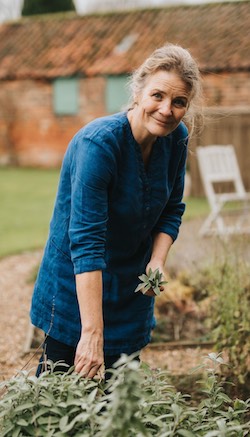
I grew up with home-grown fruit and vegetables, home-cooked food and lots of time to scamper about outside. I’ve always been passionate about real food. Yet when I was faced with supporting my daughter born with brain damage, my passion turned to devoted study and application. I discovered the power of food to facilitate her neuroplasticity and neurogenesis for recovery.
My bookshelves are groaning with healing food and recipe books. The information we receive is so confusing and complicated, with so much marketing spin it feels like a fairground. I have come to know through experience that if we just stick to the simple message of ‘enjoy real food’, most of us will be well nourished and thus fairly resilient health-wise.
I work to support unpaid carers and I am also a professional member of the National Institute of Medical Herbalists. I run an online group called Stay Well Simply, teach fermenting 101 classes, bang on about informed choice and real food, and during the growing season I lead folk on little adventures to connect with plants’ gifts. Nature inspires my life and work.
Find Jules on FaceBook – Stay Well Simply @OldNortonEstate

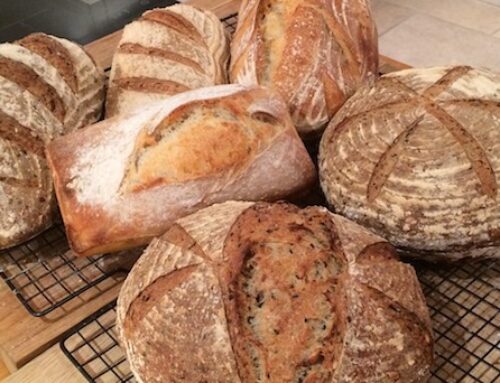
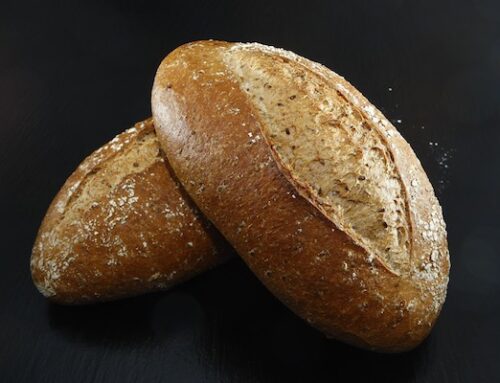
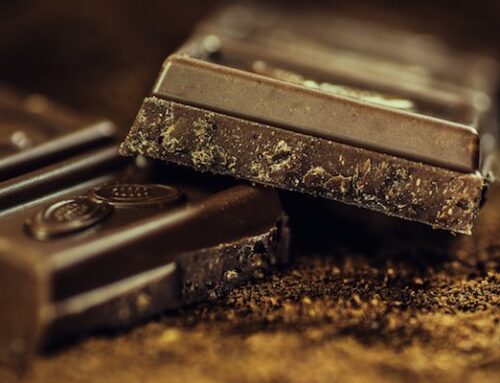
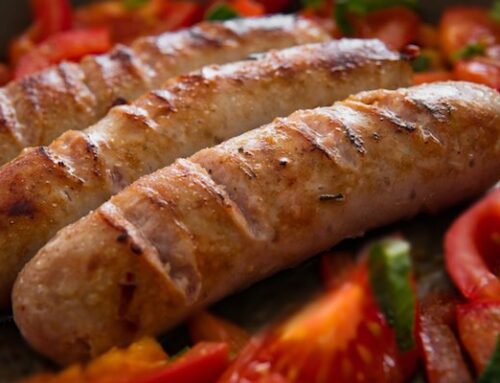
“Most commercial chips are made with vegetable oil of some kind, be it soya bean, corn, sunflower or palm oil or even a mixture of several.”
I wouldn’t call this Real Food Jules!
Antonia x
I wouldn’t really either (I admit, blushing) but as I think of olive oil as real food, I figured someone would challenge the idea of other vegetable oils not being real. As with so much, there is a scale with organic cold pressed raw unfiltered oil at one end and probably the stuff commercial chips are prepared with and cooked in at the other…. shortly followed by oil that powers machinery….
There is a Fats & Oils page on this website though not so easy to find: https://realfoodcampaign.org.uk/issues-v-solutions/food-preparation/fats-and-oils/